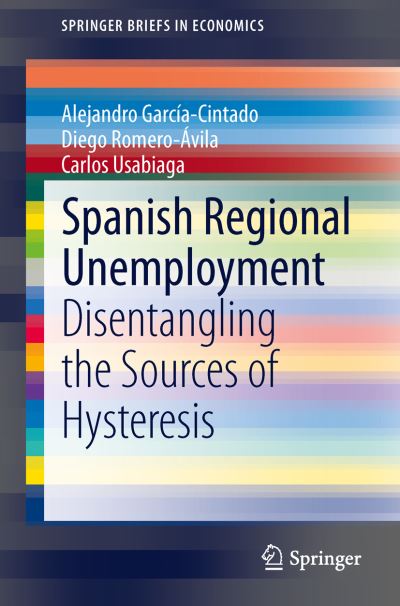
This work investigates the time series properties of the unemployment rate of the Spanish regions over the period 1976-2011. For that purpose, the authors employ the PANIC procedures of Bai and Ng (2004), which allows to decompose the observed unemployment rate series into common factor and idiosyncratic components. This enables the authors to identify the exact source behind the hysteretic behaviour found in Spanish regional unemployment. Overall, the analysis with three different proxies for the excess of labour supply renders strong support for the hysteresis hypothesis, which appears to be caused by a common stochastic trend driving all the regional unemployment series. In the second part of the analysis the authors try to determine the macroeconomic and institutional factors that are able to explain the time series evolution of the common factor, and in turn help us shed light on the ultimate sources of hysteresis. The reader shall see how the variables that the empirical analysis emphasises as relevant closely fit into the main causes of the Spanish unemployment behaviour. Finally, some policy considerations drawn from the results are presented.
| ISBN: | 9783319036854 |
| Publication date: | 28th January 2014 |
| Author: | Alejandro GarcíaCintado, Diego RomeroÁvila, Carlos Usabiaga |
| Publisher: | Springer an imprint of Springer International Publishing |
| Format: | Paperback |
| Pagination: | 68 pages |
| Series: | SpringerBriefs in Economics |
| Genres: |
Labour / income economics Political economy Regional / International studies Macroeconomics |